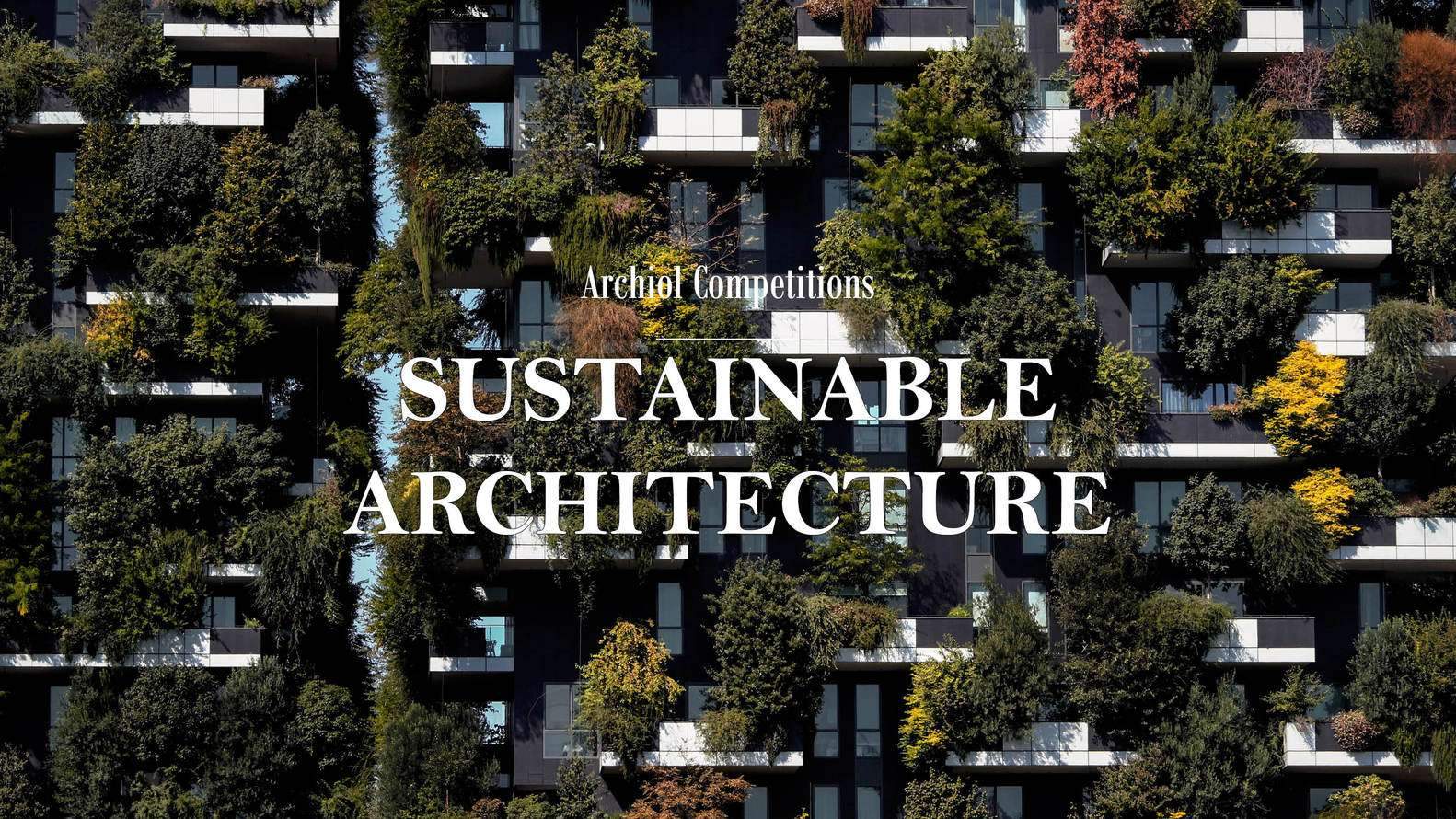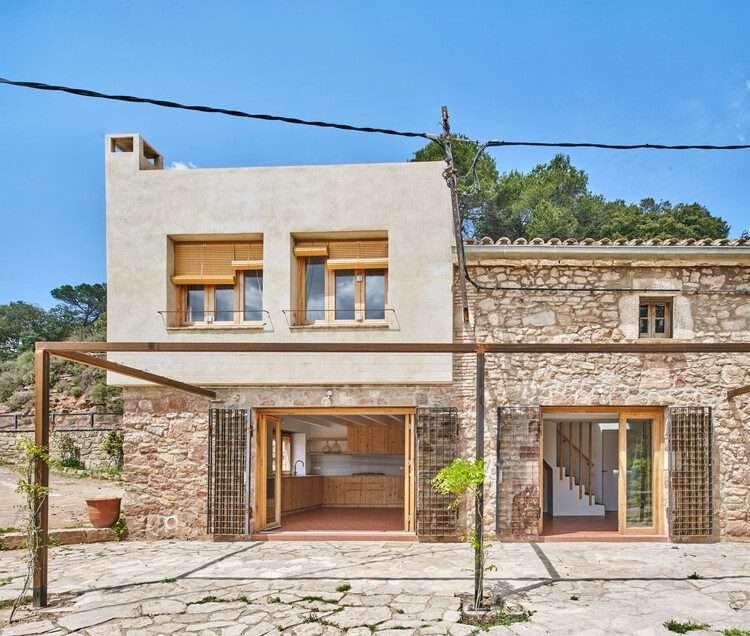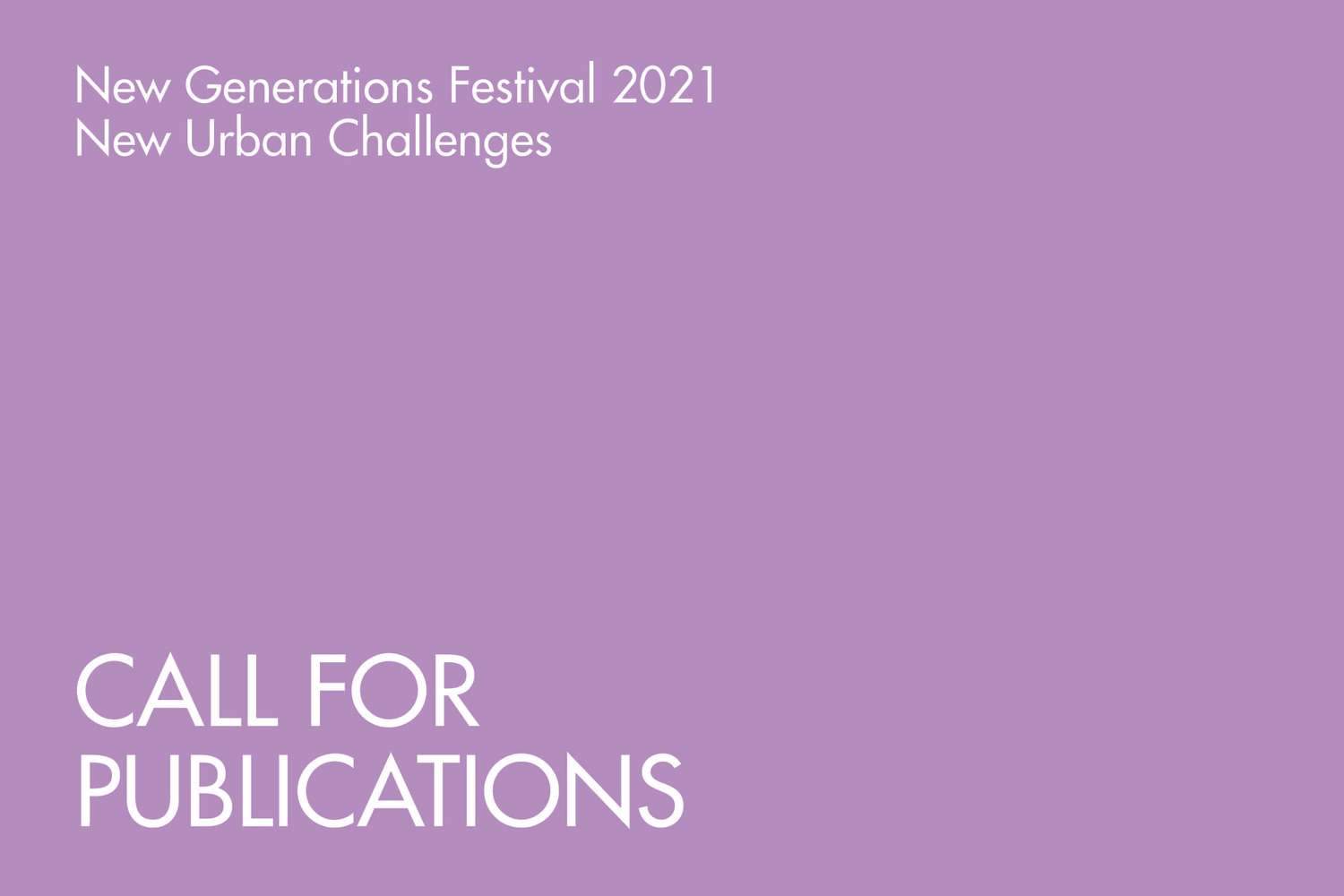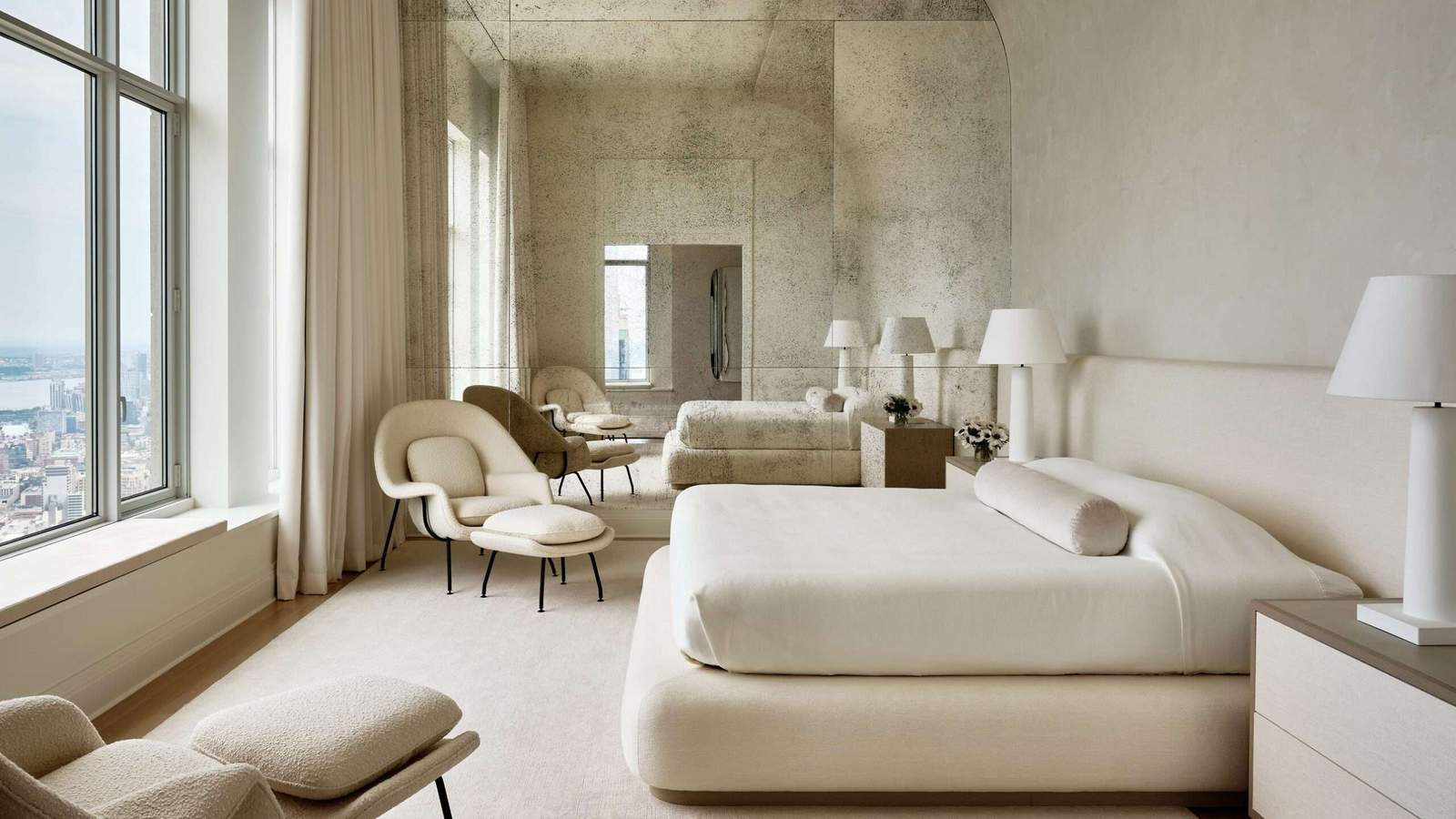Architecture and interior design are not just about creating functional spaces; they are about telling a story. Each building, room, and design element narrates a unique tale that reflects the vision of the architect or designer. Whether it’s a residential home or a large-scale commercial project, the fusion of architecture and interior design shapes the experience of the people who inhabit the space. By understanding the art of storytelling in architecture, architects and interior designers can craft spaces that go beyond functionality to create meaningful, lasting experiences.
Architecture as a Framework for Stories
Architecture sets the stage. The structural elements of a building form the framework of the story, dictating how spaces flow, connect, and interact. Each decision made in the architectural design process, from the height of the ceiling to the layout of the rooms, contributes to the overall narrative. For example, open floor plans in modern homes create a sense of openness and community, while more segmented designs can evoke privacy and personal reflection.
Modern architecture also often blends with sustainable practices. Green buildings that incorporate energy-efficient systems and eco-friendly materials tell a story of environmental responsibility. In this way, architectural design becomes not just a functional or aesthetic endeavor, but a statement about how we relate to the world around us.
Interior Design: Bringing Spaces to Life
Once the architectural framework is in place, interior design adds personality and soul to the space. Through thoughtful choices in color, texture, materials, and lighting, designers breathe life into rooms, transforming them from mere spaces into immersive environments.
Designers consider how people will move through the space, what emotions it will evoke, and how it will serve the occupants’ daily lives. In a luxury hotel lobby, for example, rich materials like marble or gold accents can create a sense of grandeur and sophistication. In a minimalist home, the use of simple, clean lines and neutral tones can create a feeling of peace and tranquility.
The Fusion of Function and Aesthetics
At the heart of both architecture and interior design is the marriage of function and aesthetics. Each element serves a dual purpose: it must be beautiful, but also practical. In modern design, this often means incorporating smart technology and sustainability features that enhance the functionality of the space without sacrificing aesthetic appeal.
A well-designed space can evoke emotions, inspire creativity, or offer comfort. Architects and designers work together to create a seamless integration of both form and function, ensuring that each space tells a story while also serving the needs of its inhabitants.
Conclusion
In both architecture and interior design, the ultimate goal is to create spaces that tell a story. Through the thoughtful combination of structure, materials, and design elements, these disciplines come together to shape the way we live, work, and interact with the world around us. By understanding the art of storytelling in architecture, architects and interior designers can craft spaces that go beyond functionality to create meaningful, lasting experiences.
Finally, find out more on ArchUp:







